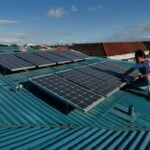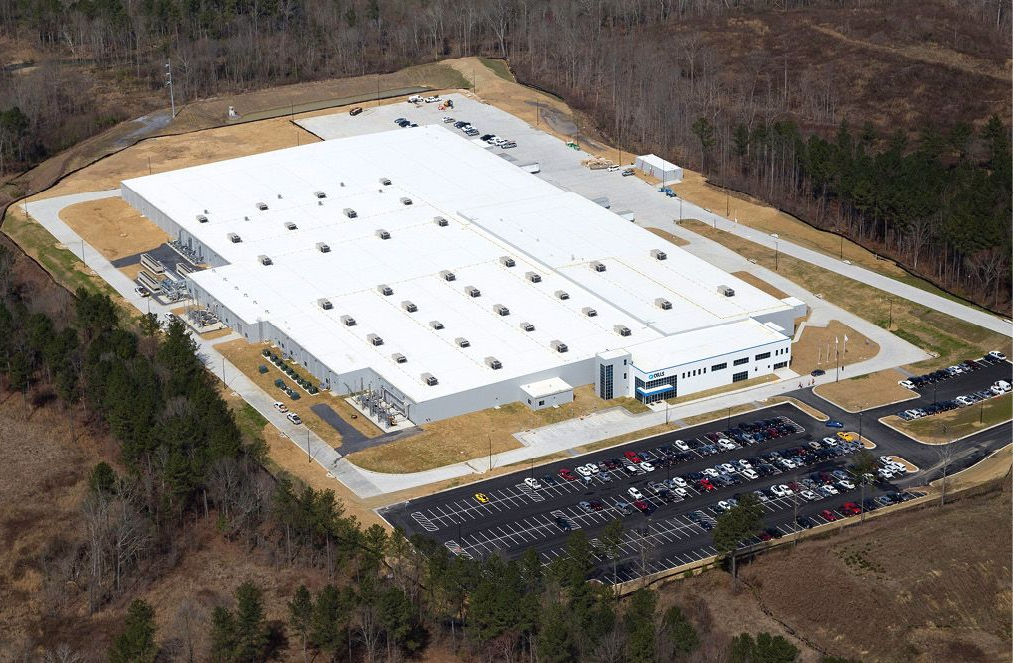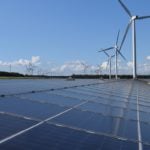The rooftop solar sector continues to be concentrated in a number of states, with Gujarat, Maharashtra, Rajasthan, Kerala and Karnataka responsible for 67% of new rooftop additions in the most recent quarter. The ten largest states by rooftop solar capacity also accounted for 77% of the cumulative rooftop solar installations as of March.
Quarterly changes in Indian solar power additions. Credit: PV Tech
However, the relative struggles of the rooftop sector do not mean that Indian solar, in general, is performing poorly. As the graph above demonstrates, the first quarter was a record-breaking one for Indian solar, with the addition of 10GW of new capacity to the sector, a quarter-on-quarter increase of 400%.
Much of this growth stems from the temporary easing of the Approved List of Models and Manufacturers (ALMM), a piece of Indian legislation to prioritise the use of renewable energy technology built in India, that was suspended to encourage growth in the Indian renewable energy sector.
The ALMM came back into effect on 1 April, the day after the period covered by Mercom India’s figures, and the removal of overseas modules, notably from China, could lead to installation figures more in line with historical precedent in the coming quarters.
While government attention has been a boon for the solar sector in general, similar legislative support could be necessary to aid the rooftop sector. Last November, the Council on Energy, Environment and Water (CEEW), a policy research institute, noted that India’s rooftop installations could reach 32GW if the Ministry of New and Renewable Energy subsidises rooftop projects. Without these subsidies, CEEW expects almost negligible growth in the rooftop sector, expecting installed capacity to be no higher than 11GW.
https://www.pv-tech.org/india-installs-367mw-rooftop-solar-q1-2024-10-decline/





